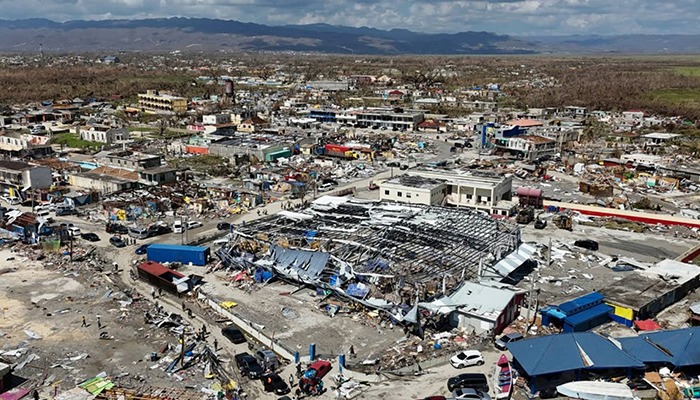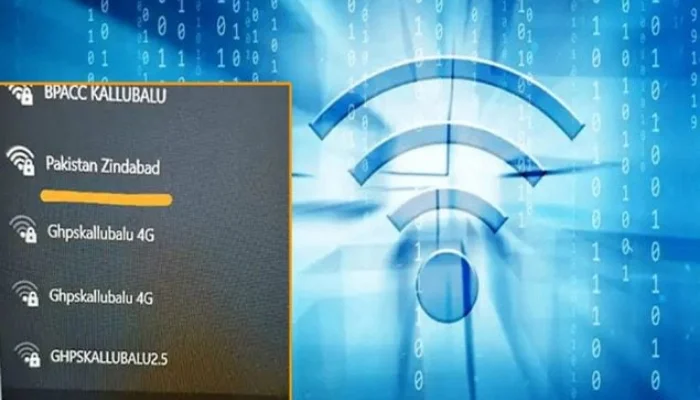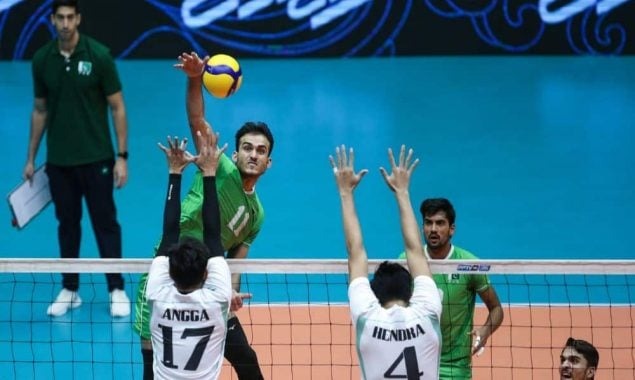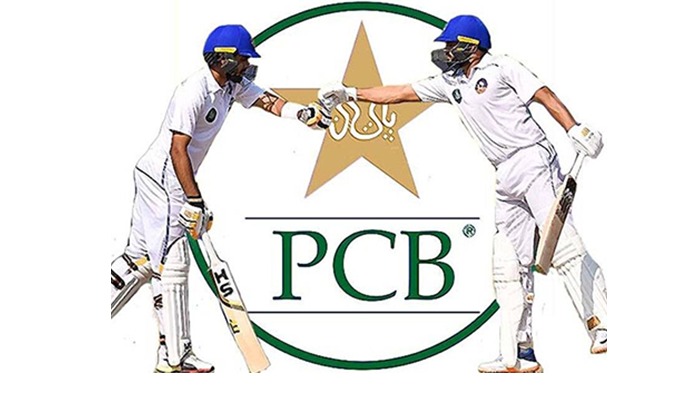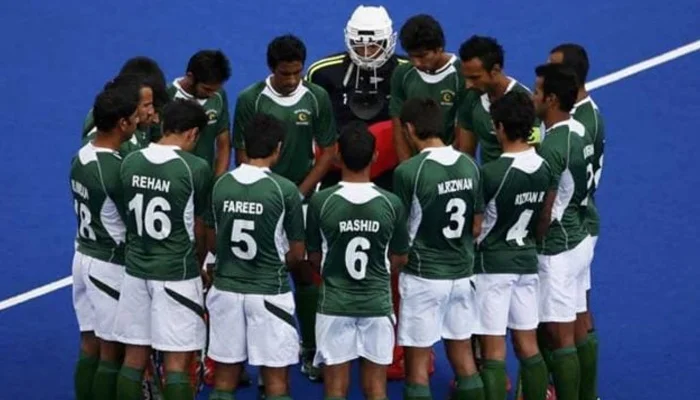- The International Cricket Council has banned the use of saliva.
- To polish balls ahead of the ICC Men’s T20 World Cup in 2022.
Under COVID-related protocols, the ICC had already briefly imposed the ban. It is now, however, totally forbidden.
According to a statement released by the ICC on Tuesday, “The Men’s Cricket Committee chaired by former India captain Sourav Ganguly proposed adjustments to the playing conditions in MCC’s updated third version of the 2017 Code of the Laws of Cricket.”
It claimed that the Women’s Cricket Committee was also given access to the findings and that they approved the recommendations.
The ICC Men’s T20 World Cup in Australia next month will implement the new rules because the new playing conditions will go into effect on October 1, 2022.
The following are the main changes:
Batters who get caught returning
Regardless of whether the batters crossed before the catch was made, when a batter is out caught, the new batter enters at the end the striker was.
Previously, if the batters crossed the plate before a catch was made, the next batter would be at the non-end striker’s and the non-striker would take the next pitch.
saliva is used to polish the ball
As a temporary COVID-related measure, this prohibition has been in place in international cricket for more than two years, and it is deemed suitable for the ban to be made permanent.
The COVID-19 epidemic had made it necessary to enforce the prohibition on viral transmission on the field. When cricket resumed after a hiatus in July 2020, the rule was in effect; it will now become a permanent norm. When saliva was prohibited, the players turned to sweat, which worked well to shine the ball.
Arriving hitter poised to take the pitch
In Tests and ODIs, an incoming batter must now be prepared to take a strike within two minutes; in T20 Internationals, the current time limit of 90 seconds applies.
In ODIs and Tests, the entering batter now has two minutes to take a strike, down from three. If they don’t, the fielding captain may request a timeout.
Right of the striker to play the ball
This is limited to make it necessary for their person or a portion of their bat to stay on the playing surface. If they go beyond than that, the umpire will signal and call dead ball. Any ball that forces the hitter off the field is sometimes referred to as a no ball.
unfair fielding side movement
Now, in addition to calling a dead ball, the umpire may penalize the batting side five penalty runs for any unfair or intentional movement made as the bowler is rushing in to deliver the ball.
Leaving the non-striker quickly
By transferring this way of causing a run out from the “unfair play” part to the “run out” section, the playing circumstances comply with the law.
Running out a non-striker for excessive defending will no longer be seen as unfair play; rather, it will be treated like any other run-out.
Before delivery, the bowler throws toward the striker’s end
Before, a bowler might throw the ball to try to run out the striker if they noticed the batter moving toward the wicket as they started their delivery stride. We’ll start referring to this drill as a dead ball.
other significant choices
After the ICC Men’s Cricket World Cup Super League concludes in 2023, the in-game penalty that was first implemented in T20Is in January 2022 (wherein the failure of a fielding team to bowl their overs by the scheduled cessation time results in an additional fielder having to be brought inside the fielding circle for the remaining overs of the innings) will also be used in ODI matches.
As a result of teams continuing to maintain a sluggish over rate, the regulation has already been put into place and has lost teams games. An example of this was the second match of the 2022 Asia Cup between India and Pakistan.


